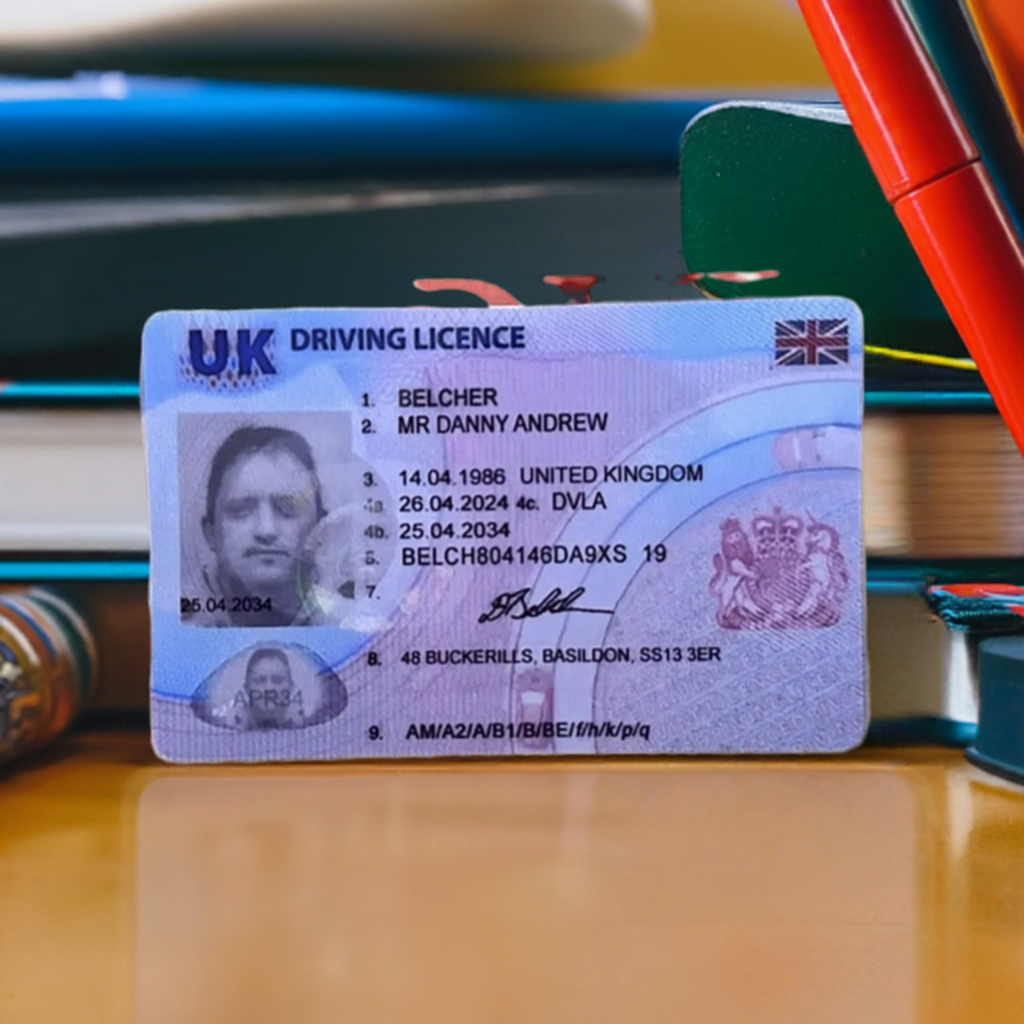DVLA uk driving licence application

DVLA UK Driving Licence Application
Picture this: you’ve just passed your driving test. You are excited to get behind the wheel. Or maybe your licence is about to expire. You need to renew it fast. Perhaps you’re new to the UK and figuring out how to get a UK driving licence. Whatever your situation, understanding the DVLA process is key. The DVLA is the Driver and Vehicle Licensing Agency. They handle all things driving in the UK. Having a valid driving licence is not just a piece of paper. It’s your ticket to freedom on the road. This guide gives you a clear view of the DVLA driving licence application in the UK. We will look at who can apply, what you need, how to apply, and common problems you might face.
Eligibility Requirements for a UK Driving Licence
Can anyone just get a UK driving licence? Not quite. There are a few basic things you need to have. These rules make sure everyone driving in the UK is ready and able to do so.
Age Restrictions
You can’t drive a car at any age. You need to be old enough. For mopeds, you can start learning at 16. For a car, it is 17. You can apply for a provisional licence a few months before your 16th or 17th birthday. This lets you start learning with supervision. There are different age rules for bigger vehicles like buses or lorries.
Residency Requirements
You need to live in the UK to get a UK driving licence. If you are not from the UK, there are rules about how long you need to stay. Usually, you need to prove you live here. Check the official DVLA website for the latest rules if you are not a UK citizen.
Medical Fitness
Your health matters when you’re driving. Certain medical conditions can affect your ability to drive safely. Things like epilepsy, diabetes, and some eye conditions are important. You might need a medical check to prove you’re fit to drive. If you have a condition that could impact your driving, tell the DVLA.
Gathering Required Documents for Your DVLA Application
Getting all your documents together is a key step. It’s like packing for a trip. If you have everything you need, things will go smoothly.
Proof of Identity
You need to prove who you are. A passport is a great way to do this. A birth certificate is good too. Make sure it’s the original. The DVLA needs to know you are who you say you are.
Proof of Address
The DVLA needs to know where you live. A utility bill works well. So does a bank statement. Make sure the bill is recent. It should be from the last three months.
National Insurance Number
You need to give your National Insurance number. It helps the DVLA keep track of things. You can find it on your payslip or any official letters about tax or benefits.
Applying for Your Driving Licence: Step-by-Step Guide
Now comes the big part. Applying for your driving licence. You have a few options. You can do it online, by post, or sometimes in person.
Online Application Process
Applying online is often the fastest way. Go to the official DVLA website. Fill out the online form. You’ll need to upload some documents. You can pay with a credit or debit card. Just follow the steps on the screen. It is easy!
Postal Application Process
If you prefer to apply by post, you’ll need a D1 form. You can get one from most Post Offices. Fill it out carefully. Include all the documents you need. Send it to the address listed on the form. You can pay with a check or postal order.
Understanding Driving Licence Categories and Restrictions
Driving licences aren’t one-size-fits-all. There are different categories. Each lets you drive different kinds of vehicles. There might be some limits on your licence too.
Different Licence Categories Explained
The AM licence is for mopeds. The A1, A2, and A are for different kinds of motorcycles. A B licence is for cars. C is for lorries. D is for buses. Your licence will show which vehicles you can drive.
Common Driving Licence Restrictions
Some people need to wear glasses to drive. This will be noted on their licence. Some people can only drive cars with special changes. This will also be on the licence. These restrictions make sure everyone is safe.
Common Issues and How to Resolve Them
Sometimes things don’t go as planned. You might run into some problems when applying. Here’s what to do if that happens.
Delays in Processing
Sometimes it takes a while to get your licence. This can happen if the DVLA is very busy. Or if there’s something wrong with your application. You can check the status of your application online. Make sure you filled everything out correctly. This can help avoid delays.
Incorrect Information on Your Licence
Mistakes happen. If there’s something wrong on your licence, you can get it fixed. Contact the DVLA. Tell them what’s wrong. Send them the right documents. They’ll send you a new licence with the right info.
Conclusion
Getting a UK driving licence doesn’t need to be hard. Know the rules, collect your documents, and follow the steps. A valid driving licence is important. Start your application today. Check the DVLA website for more help.

Leave a Reply